There can be your advertisement
300x150
Raw Renovation: Where You Can and Cannot Save Money
We analyze where you can save money and where it's absolutely not advisable to cut costs — all based on a real-life example
Raw renovation is the stage when it seems like money evaporates before your eyes. Work is underway, materials are delivered, crews labor, but visually almost nothing changes. If you don't monitor expenses from the very beginning, it's easy to exceed even the most flexible budget.
INMYROOM and Yandex Market continue the 'Renovation DVIJ' project — a five-part series about renovation in secondary housing. Together with expert Ksenia Shahmatova, we show how to avoid mistakes when buying property, distribute the budget wisely, and do a renovation without unnecessary costs.
In the third episode, we talk about the main topic: how much a raw renovation stage costs, where hidden expenses hide, and which materials should be compared before purchase.
Video (30 minutes) Where do expenses begin on the raw stage
Budgets for renovation are usually calculated starting with tiles, kitchen, and sofa. But in reality, the biggest expense items appear even before finishing work. Demolition, waste removal, purchasing blocks, bags of dry mixes, tools, delivery — everything adds up to tens or even hundreds of thousands of rubles.
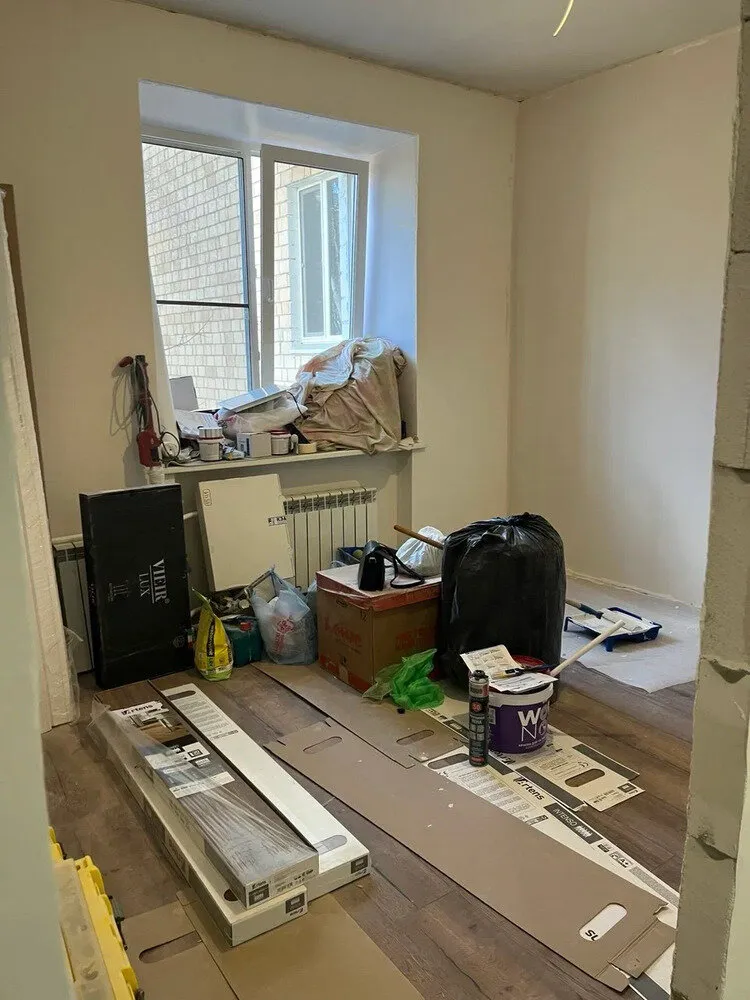
We started tracking expenses from the first days: how much we spent on wall leveling, how much on screed, which tools needed to be bought. To avoid overpaying, we immediately created a basket on Yandex Market — this allows us to conveniently compare prices for needed items, track sales, and collect the entire order in one place. This is especially important when raw renovation is done across multiple fronts and purchases need to be made quickly.
Many items were ordered in batches — from plastering to blocks and fasteners. And every ruble counts: when purchasing for 50–100 thousand rubles, even a difference of 200–300 rubles per item is noticeable.
Pay attention:
- Painting set for wallpaper hanging, buy
- Polyurethane polymer floor coating Finlux F-50 KrasPol, buy
- Plastic bucket for rollers, buy
- Power electrical cable copper, buy
Where you cannot save money
There are materials and stages where cutting corners leads to rework. One of the main such moments is engineering utilities. In our case, replacing pipes and moving risers was necessary to implement the new layout.
The work cost a noticeable amount — 100 thousand rubles just for renovation. But saving here is impossible: it's about safety, convenience, and avoiding future problems.
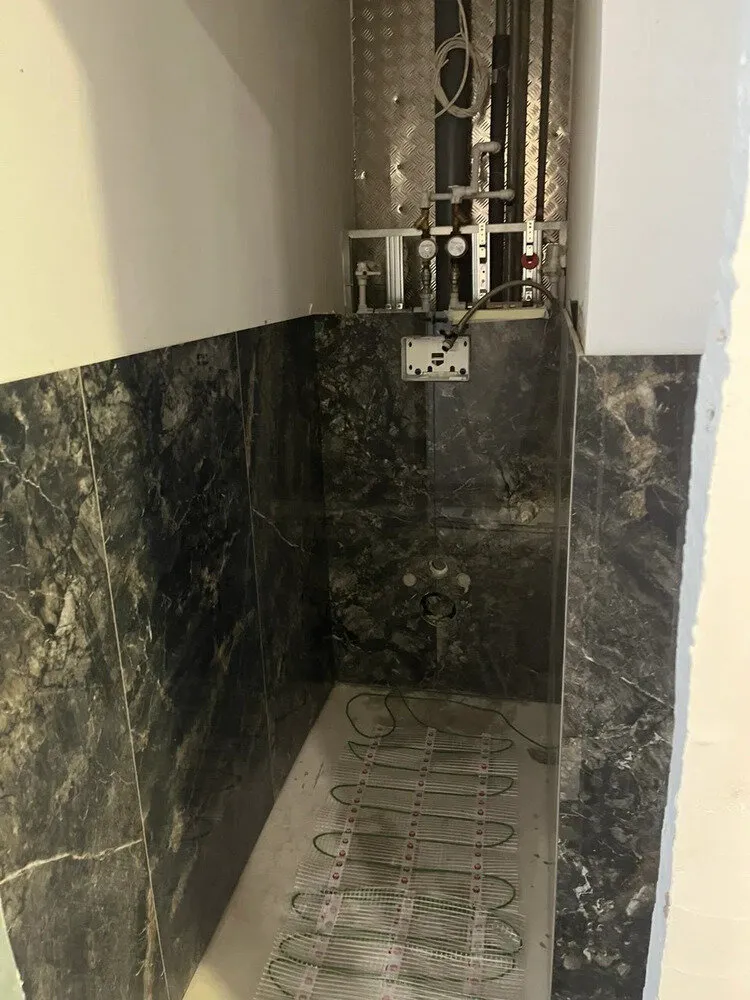
The same applies to electricity. We decided to replace the entire wiring, install a panel for increased load, and run cables strictly along the ceiling. This is not just about convenience but also fire safety. These things shouldn't be postponed — they must be budgeted for in advance.
We also didn’t opt out of proper screeding: despite height differences up to 4 cm, we did a combined version using sand-cement and self-leveling floor. This helped avoid ceiling height loss and prevent flooding neighbors.
At first glance, it might seem okay to leave things as they are, but in the long run, such compromises almost always result in additional renovations.
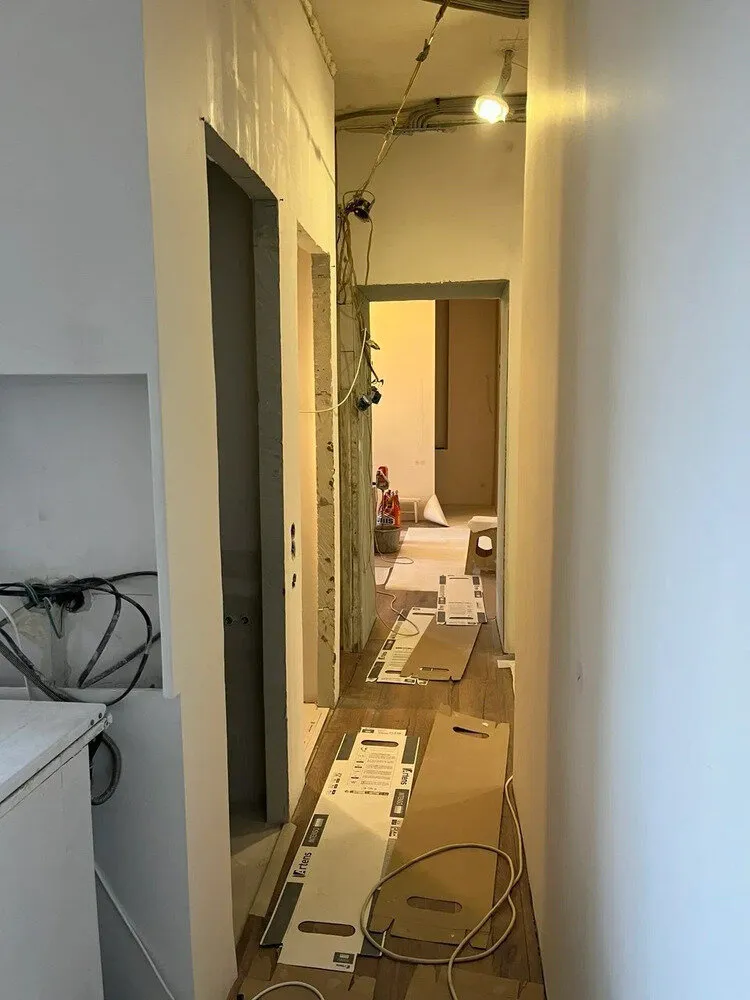
Where you can save without losses
Despite strictness toward engineering work, there are stages where the budget can be optimized. For example, some demolition works are easier and cheaper to do yourself — especially if you have the right tools. We did exactly that: we removed old gypsum board and small partitions ourselves, then brought in the crew for more complex tasks.
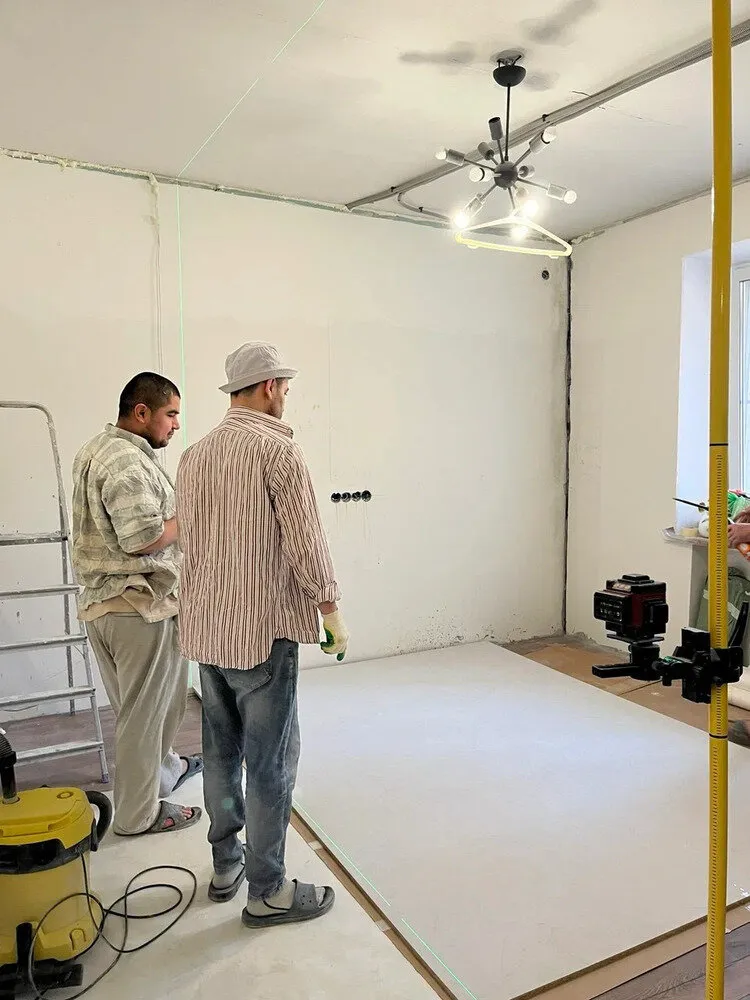
Multi-functional tools are ideal for such jobs. One of our finds was the CMT-20-1 renovator from Boxbot. With it, you can cut, sand, and clean hard-to-reach areas — especially where a grinder or drill won’t fit.
We ordered it on Yandex Market Split — split the payment into parts. It's simple: you buy a tool for several thousand rubles, divide the total amount into convenient installments (e.g., 6), pay the first part, and then settle in a comfortable pace.
You can also save on finishing material purchases if you compare offers beforehand. For example, the same item — such as filler or paint — can vary by 10–15% depending on the seller and region. We compared, added to our basket, and tracked price drops — this accumulates good savings without compromising quality.
Budget is not about saving everywhere, but control
Raw renovation is hard to see, but it consumes most of the budget. The main mistake is not accounting for complex and hidden tasks like pipe replacement, electrical wiring layout, or wall leveling in calculations. All this seems like background until you have to redo it.

We went through flooding, height differences, wall relocations and recalculation — and at every stage we realize: a budget is not meant to save on everything, but to know where to invest and where to cut. This approach helps avoid going over budget while still creating truly comfortable, quality housing.
The 'Renovation DVIJ' continues — in upcoming episodes we'll show how the raw stage transitions into finishing work and what to plan ahead for a smooth transition.
Photo on cover: Maria Sablina’s project
More articles:
 House on Kotel'nicheskaya Embankment
House on Kotel'nicheskaya Embankment Charity of Russian millionaires: how the Morozovs built hospitals and changed Moscow's face
Charity of Russian millionaires: how the Morozovs built hospitals and changed Moscow's face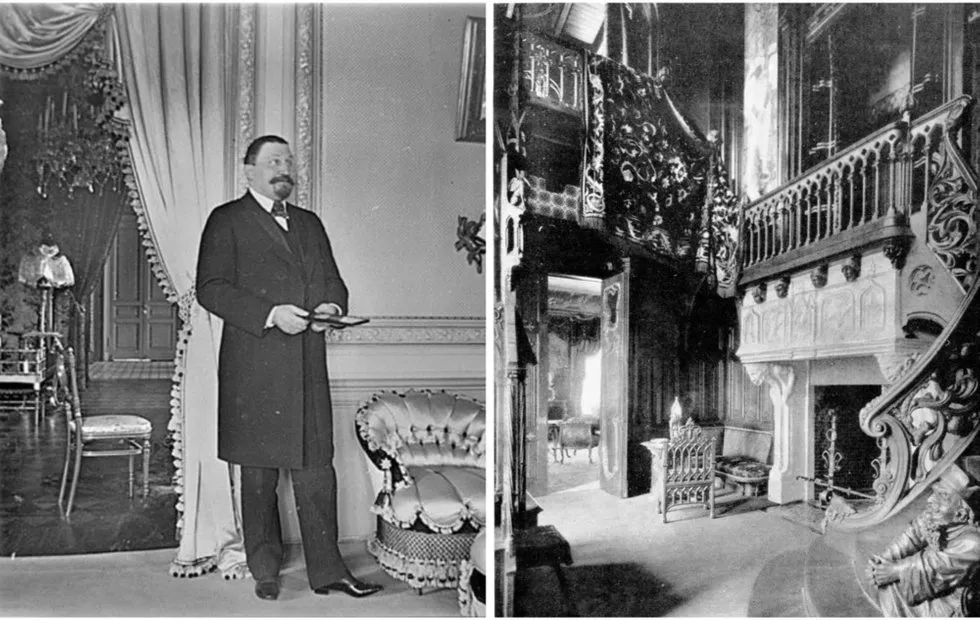 Tragic Ending: How the Owner of a Luxurious Mansion, Alexei Morozov, Died Without Money for Transportation
Tragic Ending: How the Owner of a Luxurious Mansion, Alexei Morozov, Died Without Money for Transportation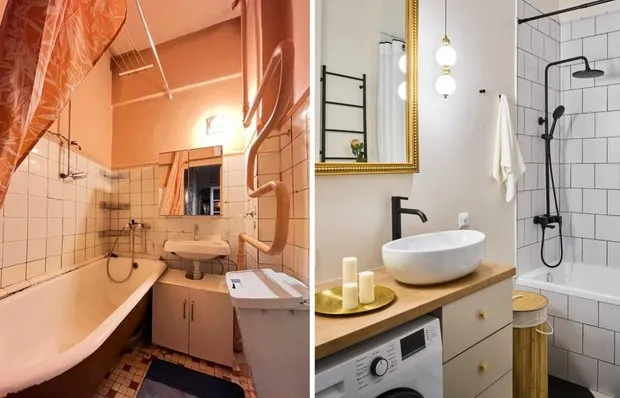 Before and After: From a Separate Diminished Bathroom to a Beautiful Light Interior
Before and After: From a Separate Diminished Bathroom to a Beautiful Light Interior Real Example: What to Consider When Renovating an Old Building
Real Example: What to Consider When Renovating an Old Building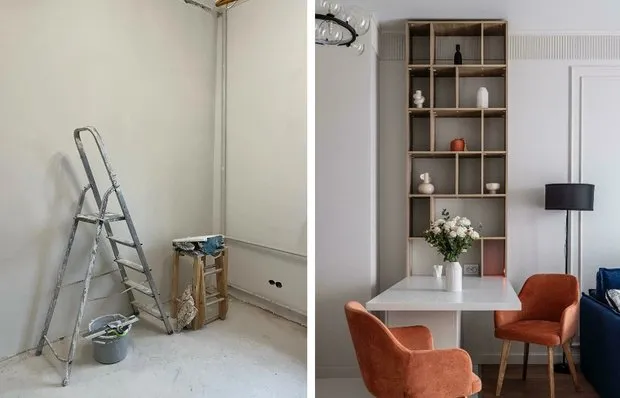 What Mistakes Can Ruin a Renovation in Old Housing: Real Case
What Mistakes Can Ruin a Renovation in Old Housing: Real Case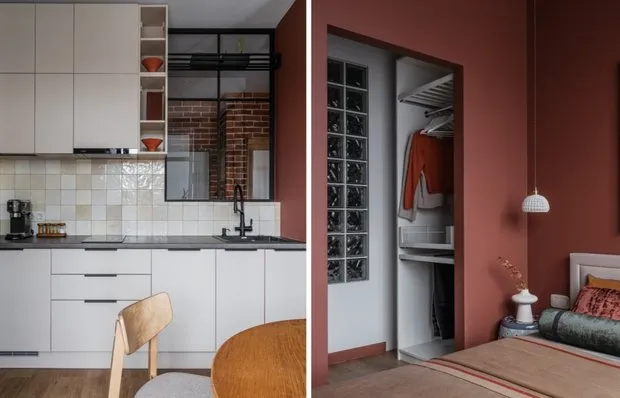 5 Really Cool Solutions We Spotted in a 35 sqm Studio Apartment
5 Really Cool Solutions We Spotted in a 35 sqm Studio Apartment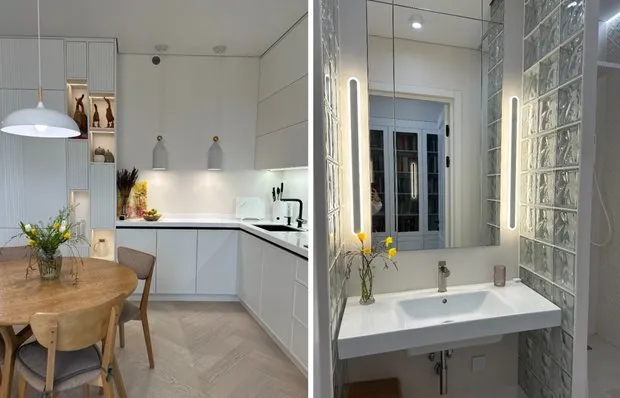 Thoughtfully Designed 115 m² Apartment for a Large Family: Stylish DIY Renovation
Thoughtfully Designed 115 m² Apartment for a Large Family: Stylish DIY Renovation